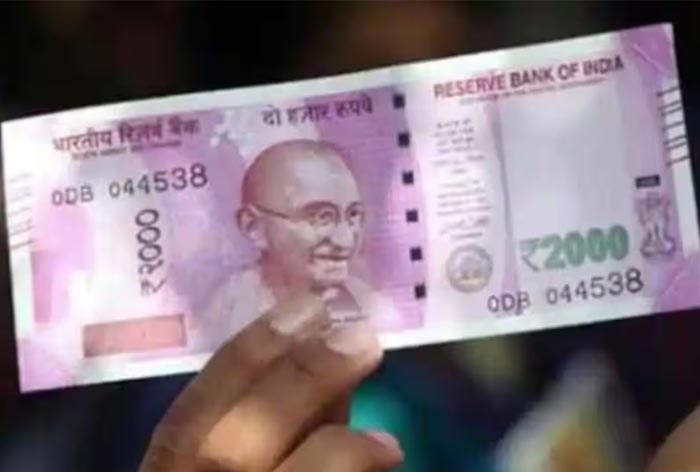The RBI clarified that individuals can make multiple deposits or exchanges either at the same bank branch or through other lenders.

The Reserve Bank of India (RBI) made an announcement on 19 May regarding the withdrawal of the Rs 2,000 currency note. Although the note remains a valid legal tender, the RBI has specified that individuals can deposit or exchange their existing Rs 2,000 notes at banks till 30 September. However, there is a limit set by the central bank, allowing a maximum deposit or exchange amount of Rs 20,000 at a time. A Punjab National Bank official told news agency ANI that if a person wishes to exchange Rs 2,000 notes, it is not necessary to present any government-issued identification card such as Aadhaar at the bank branch. This clarification was provided in response to the circulation of old forms online that requested additional personal information for the exchange of Rs 2,000 currency notes.
What SBI has said
The State Bank of India (SBI) has stated that people are now allowed to exchange Rs 2,000 currency notes without the requirement of a requisition slip, up to a limit of Rs 20,000.
RBI’s rules on depositing Rs 2,000 notes
According to the RBI’s earlier statement, individuals are allowed to deposit Rs 2,000 notes into their bank accounts or exchange them for banknotes of different denominations at any branch. The central bank clarified that individuals can make multiple deposits or exchanges either at the same bank branch or through other banks. Individuals have the flexibility to go and exchange Rs 2,000 notes as many times as needed.
Usage of Rs 2,000 notes over the years
Under the clean note policy of the central bank, the RBI has to provide the public with high-quality currency notes. As per the RBI, approximately 89 percent of the Rs 2,000 denomination notes were introduced before March 2017 and have reached their anticipated lifespan of around four to five years.
RBI stated that the total value of these banknotes in circulation has decreased from its peak of Rs 6.73 lakh crore, accounting for 37.3 percent of the notes in circulation, as of March 31 2018, to Rs 3.62 lakh crore, which now constitutes only 10.8 percent of the notes in circulation on March 31 2023.
Stay connected with us on social media platform for instant update click here to join our Twitter, & Facebook
We are now on Telegram. Click here to join our channel (@TechiUpdate) and stay updated with the latest Technology headlines.
For all the latest Business News Click Here
